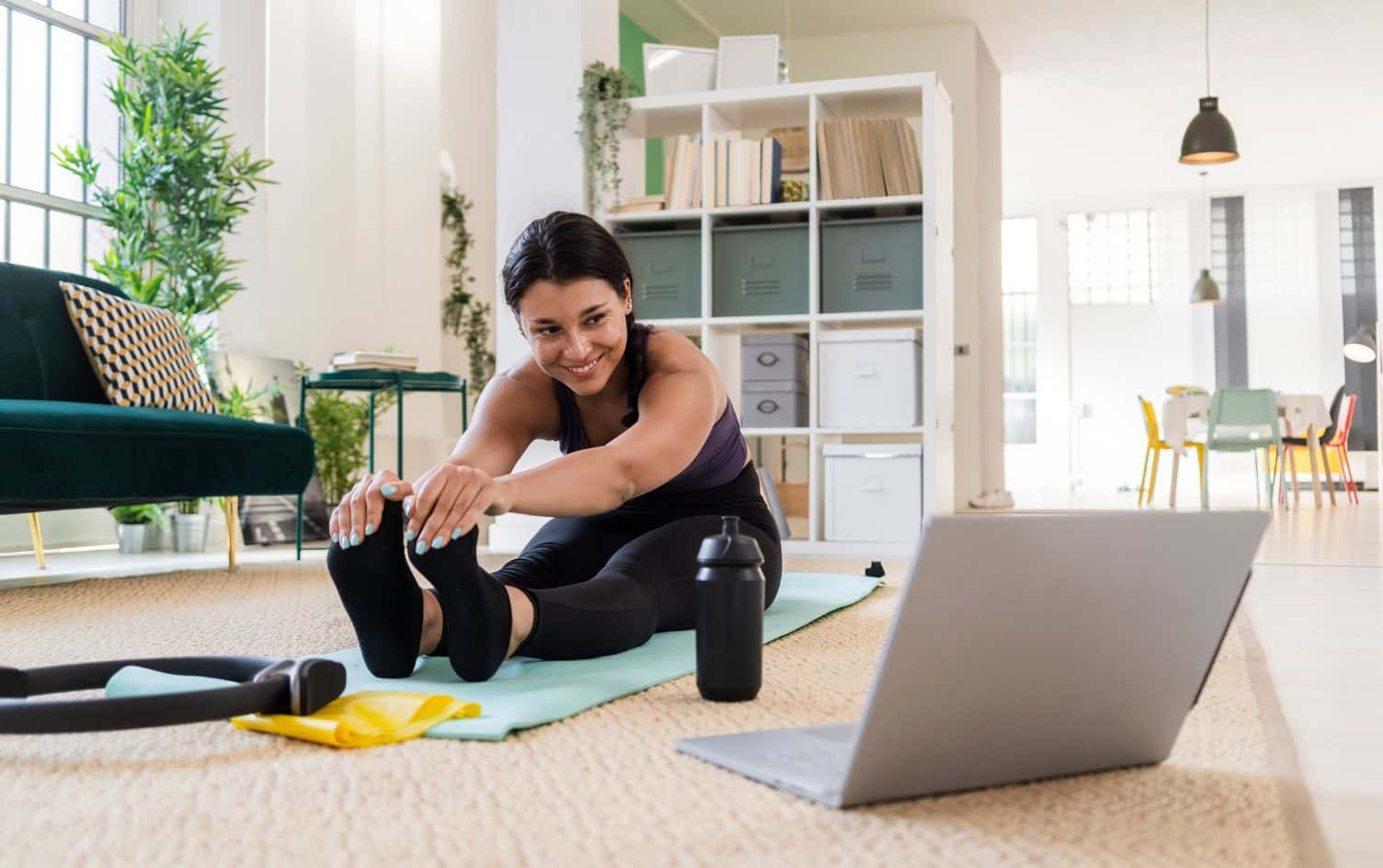For decades we were told to stretch and touch our toes before working out. Then, that was rejected for fear of causing injuries and decreasing performance. Just like that, static stretching was out; dynamic stretching was in.
Now, researchers are starting to find that the best stretching regimen is actually somewhere in between — with regular mobility work, static stretching targeting specific problem areas and a warmup routine that depends on your sport’s needs.
“Part of the problem is people assume it’s simple,” said Malachy McHugh, director of research at the Nicholas Institute of Sports Medicine. And it’s not.
LIFE VERSUS SPORT RECOMMENDATIONS
Stretching, in a general sense, is important to maintain range of motion and flexibility in joints, particularly as you get older and your muscles weaken and shorten, said Phillip Page, an athletic trainer and the director of research for performance health at Louisiana State University.
“It’s an opportunity to move your joints and keep your muscles in tension,” he said, and without tension, muscles degrade. This is where activities like yoga or Pilates come in, because they take you through motions and improve your strength at muscle extension.
For these overall health benefits, McHugh — who does extensive work on stretching — recommends doing 6–10 minutes of static stretching at least a few times each week, though ideally daily. “Do more than you think you need to,” he said, because it’s hard to permanently improve your flexibility.
STRETCHING VERSUS FLEXIBILITY
Stretching affects both the lengthening of the actual muscle and your mental perception of the discomfort. It’s that perception that changes the most in the short term, allowing you to stretch farther. In the long term though, much of our flexibility is genetic and doesn’t change without months of consistent work.
“Stretching is something you do, and flexibility is something you have,” said McHugh.
The reason this matters is because your innate inflexibility generally doesn’t lead to a higher risk of injury — unless it causes overuse or imbalance issues. Studies of military boot camps found the soldiers who had less range of motion did not have higher rates of Achilles injuries. Actually, there’s some suggestion that the more flexible recruits more frequently fell victim. It’s also been shown that among distance runners there is a heavy correlation between tighter runners and more economical runners. (Theoretically this is because of the coiled energy held in tighter muscles.)
STRETCHING, IF DONE RIGHT, HAS ATHLETIC BENEFITS
But — and this is a big but — stretching can still prevent muscle strains, particularly in sports where high flexibility is required.
In the 1990s, lots of research found problems with our traditional preworkout static stretching, said David Behm, an expert on stretching and a research professor at Memorial University of Newfoundland. One study found that runners ran an uphill mile 13 seconds slower after performing static stretches than after not stretching at all. Other studies found drops in power and explosive force.
The problem, Behm said, even in the studies he conducted himself, was they often had subjects stretch for 20–30 minutes and then immediately perform the goal activity. That’s not how people actually work out. In the studies where people stretched for much shorter periods and followed that with more light warmups or drills, then the performance effects were negligible.
What’s also been found, he said, is that it’s a risk-benefit analysis. If you’re going to do something highly explosive, like sprint 100 meters, then the costs of even negligible performance decreases may not be worth it. “You still want to be cautious when doing static stretching,” said Behm.
But if you’re going to do something that requires a high range of motion, then static stretching does help prevent muscle strains, said McHugh. For a tennis player, there’s a risk of muscle strains in the calf. For a soccer player, it might be a hamstring pull. In those instances, static stretching beforehand of at least 2–3 x 30 seconds on the major muscle groups can help prevent muscle strains.
THE IDEAL ROUTINE
Here’s the ideal routine before a hard workout: an easy warmup, followed by mobility work or dynamic stretching, followed by light static stretching that targets the specific muscles you’ll be using if you’re doing something that requires range of motion, then followed by sports-specific drills and more warmup. Proprioceptive neuromuscular facilitation — PNF stretching — which involves contracting and relaxing the target muscle group, fills much the same functions as static stretching, said Behm.
You don’t need to do all of this before every workout, though. If you’re just going for an easy jog, then just go for the easy jog — that doesn’t require flexibility.
Behm has also done some research on the effects of foam rolling or hand massage rollers in increasing flexibility and preparing the muscles in situations where a full warmup isn’t possible (i.e.. jumping off the bench and into a game). Their early conclusions show that foam rolling enhances range of motion.
A good time for your long static stretching to focus on overall health is after a workout. And, if you need to really improve your flexibility, then you should implement a separate program, much like a strength program. It should be a routine that targets places you specifically might be tight, such as from sitting at a desk all day, or muscles that you rely on, as you see with gymnasts’ exhaustive stretching programs.
“Use it or lose it,” said Page.




